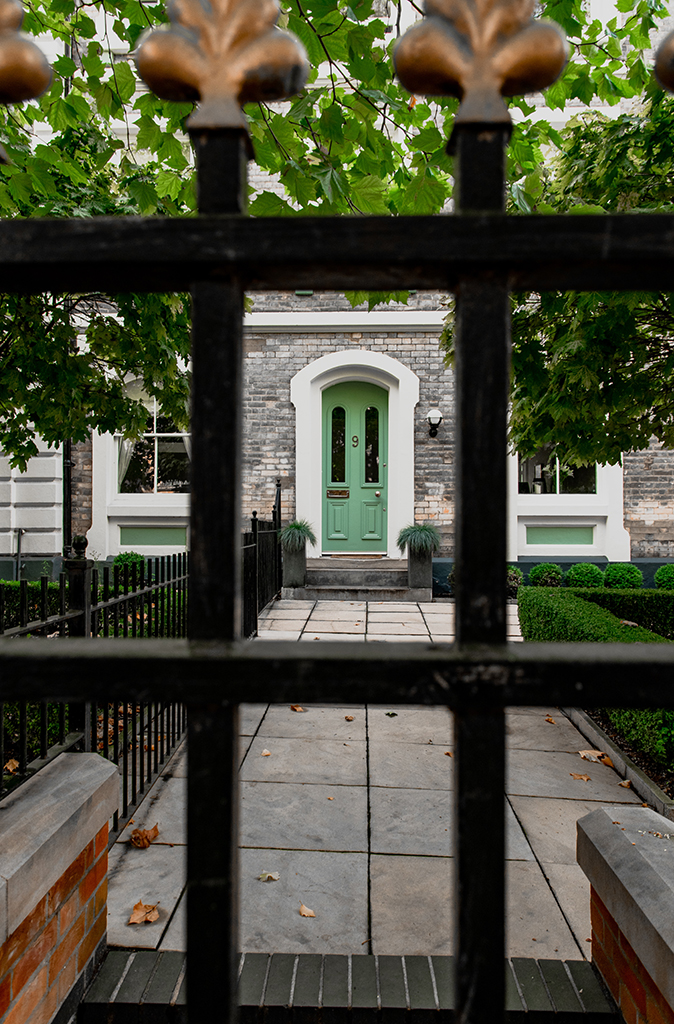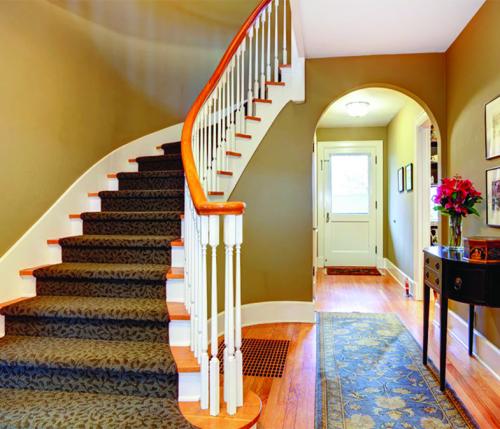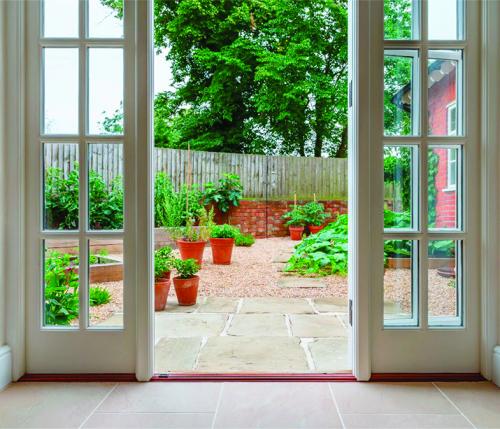When it comes to conveying the beauty and personality of your home, words can rarely do it justice. You can wax lyrical about the best features and design style all you want, but few people will be truly convinced by what you say in text, and instead be drawn to eye-catching imagery.
Therefore, your best bet is to capture your home’s best physical attributes and nuances through evocative and high-quality photography. If executed correctly, you can highlight all the ornate and unique things about your home that make it special, drawing some much-needed interest from prospective tenants or buyers, which is a rarity considering the widely documented shortage of rental properties on the market today.
However, it’s easier said than done, as photography skills don’t always come naturally to every homeowner. That said, you don’t have to be a photography expert to understand how best to capture the most interesting and special features of rooms, outdoor areas, architecture, decor, and details.
It’s not a case of taking as many photos as possible, but rather taking a ‘quality over quantity’ approach, applying some essential, straightforward photo editing tips to bring your selection of images to life and eloquently backing up what you say. As they say, a picture is worth a thousand words, but many still don’t know where to begin when it comes to taking raw photos. That’s what inspired us to create this short guide.
Read on to uncover some basic techniques for photographing various features of your home to inspire creative design and home improvement ideas, or to give your home that additional wow factor when trying to sell or let.
Photograph the flow and layout of each room
When it comes to capturing the flow and personality of each space, consider taking wide-angle or panoramic photos. These significantly help to accentuate the room’s proportions and shape, with multiple angles (high and low) working well to add differing viewpoints on the same quintessential features.
Using these types of photos, you can showcase:
- The room’s layout and dimensions
- Arrangements of lighting and furniture
- Views from entryways
- Sightlines from seating areas
- Exposure to natural light
- Condition of the ceiling, floor, walls, and skirting boards
Additionally, close-up shots of unique features like bay windows, fitted wardrobes, fireplaces, alcoves, and staircases (among others), help to tell your home’s greater story. When viewed in a logical order, photos of these features individually, as well as in wider shots, can make convincing chapters on their own merits.
A good rule of thumb to abide by is to pay close attention to lighting in photography. Open blinds or curtains can make rooms feel brighter or duller than incandescent lighting, depending on the weather conditions. Try photographing rooms at different times of the day to see how the light exposure changes and influences the ambience of your rooms.
How to capture your property's best features
Here are some basic techniques for photographing and enhancing your home's features when trying to sell or rent it
Focus on architectural details
Whether gauging interest in your property from market insights or actively trying to advertise your home to prospective new buyers, one of the prominent areas of focus will be on its architectural features. Expect to receive plenty of questions on coving, cornice, ceiling and lighting fixtures, built-in furniture, staircases and bannisters, as well as flooring.
However, you can address plenty of initial concerns ahead of time by accentuating the craftsmanship and aesthetic in photos. Use a variety of angles and close-ups to highlight the scale of these features in broad and finer detail. Vary your shots by shooting upwards, downwards and straight-on to convey different visual perspectives and highlight the character-adding details creatively. You’ll be astounded at how impactful these types of images can be when trying to market your home.
Utilise the power of natural light
Outdoor areas like gardens and driveways, as well as features like patios, verandas, decking, balconies, and conservatories, are also high on many prospective homebuyers’ lists. If these are captured when bathed in natural light, you can creatively experiment with some attention-grabbing photographs that give buyers additional impetus to find out more.
Consider the following:
- Capture stunning garden views through windows and doors. Move further away for wide shots or fill frames with branches and flowers to add colour, depth and substance.
- Photograph outdoor decorative features like tiles, planters and water features from multiple angles, to highlight the scale and complexity of your garden.
- Use dawn or dusk for dramatic skies and golden light streaming through windows.
Many homeowners spend considerable time, money, and resources perfecting their gardens and outdoor spaces. Capture all the elements that have contributed to its beauty in photos, to share a modicum of that with others.
DIY home staging
While it can be tempting to photograph your home in its most natural state, sometimes that doesn’t always make for great photographic material. If you want to portray the best features and elements of your home visually, you may benefit by making subtle adjustments to the home’s layout and arrangement.
If you want to capture your home’s personality while appealing to more potential buyers, declutter ruthlessly as a means to reduce distractions and enhance the sensation of space. Store or conceal items that detract from the room’s natural ambience, while arranging the furniture and furnishings to complement good colour consistency, patterns, evenness, and sightlines. Dust, clean, and tidy rooms thoroughly to add freshness and brightness.
You may also wish to depersonalise rooms and make them feel more ‘neutral’, such as removing family photos and bespoke artwork or sculptures. The goal is to highlight the rooms, not what you use them for. Consider replacing these personal artefacts by adding universal accessories like books, flowers, throws, or pillows.
As explained above, ensure lighting is bright and uniform throughout the property by assessing light bulbs, fixtures, shading, blinds, and curtains. Try and avoid dusky shadows and swallowing parts of the room in darkness.
The warmth and joy of life can never truly be captured in static imagery, but you can achieve a sensation akin to it by making photos stand out in subtle and convincing ways. Photographing your property by following the above tips can make it feel homely enough for people with creative ideas of their own.
No homeowner is ever inspired or drawn to the same features, so you have to adopt some level of neutrality when taking photos, but it’s clear that you don’t need to be an expert in the field. Experiment with angles, lighting, and techniques to determine how best to make your home’s character shine and appeal to more like-minded property owners.




 Workspace Design Show: 2024 UK Edition
Workspace Design Show: 2024 UK Edition  Open-air elegance: Claudio Bellini x Higold, the symphony of outdoor design
Open-air elegance: Claudio Bellini x Higold, the symphony of outdoor design  A stylish oasis for outdoor spaces
A stylish oasis for outdoor spaces  Workspace Design Show Amsterdam 2023: a triumph of creativity and innovation
Workspace Design Show Amsterdam 2023: a triumph of creativity and innovation